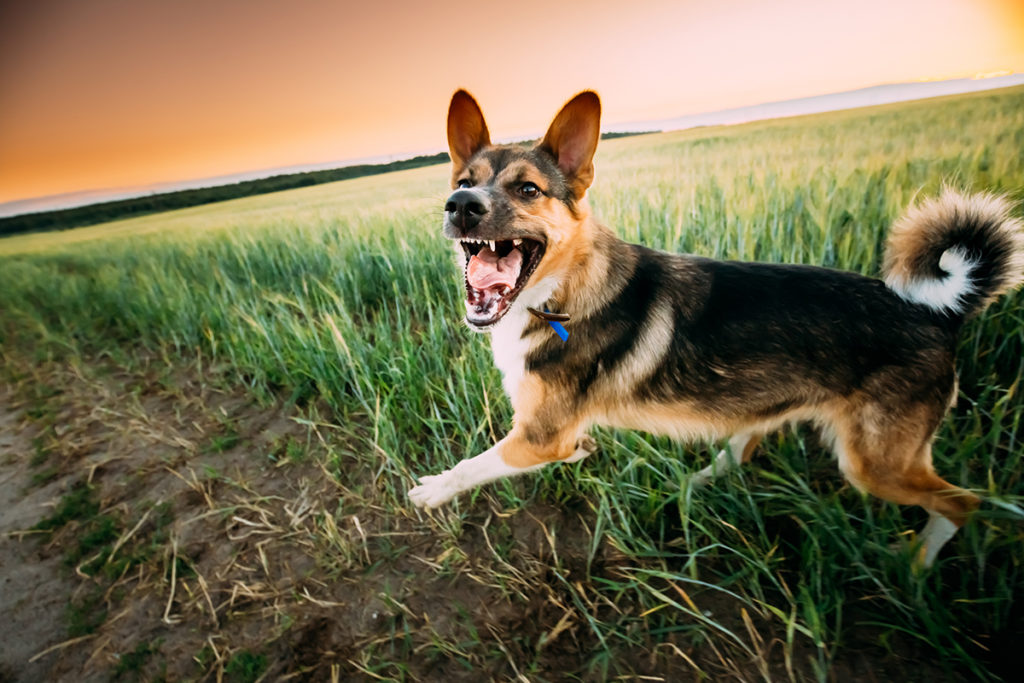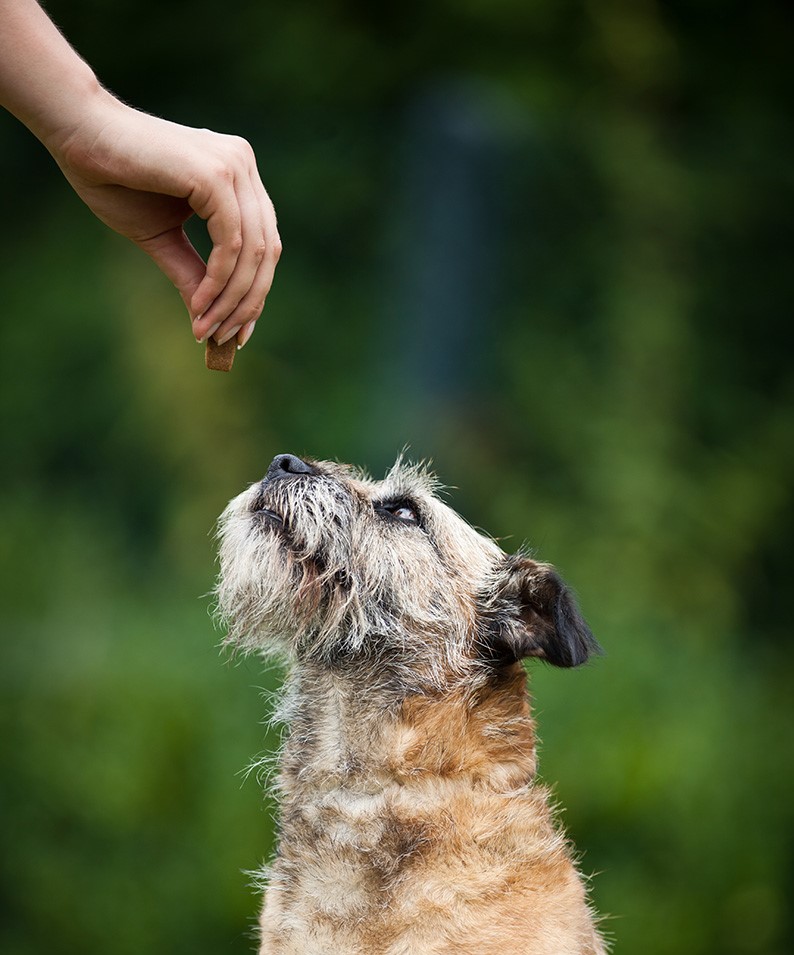Nothing can annoy both neighbors and dog owners like a dog that barks incessantly. While you can’t exactly expect a dog to never bark, you can certainly teach your dog when it’s appropriate to bark, and when not to bark. Excessive yapping will only result in frustration on all sides.
Why Dogs Bark
Before we get into stopping your dog from barking, let’s take a closer look at what causes a dog to bark in the first place. Remember, it’s their method of vocalizing and communicating.
Protecting Their Territory: Most dogs are fairly territorial and you’ll notice that anything or anyone that enters their perceived territory will be greeted with barking that is usually aggressive. This serves as a warning that the person or animal is entering their space.
They Want Attention: It’s not uncommon for a dog to bark when they want you to pay attention to them. They may want specific attention, like going for a walk, or getting a piece of your food.
They’re Bored: If your dog isn’t getting the right kind of stimulation or feels alone and bored, they’re more likely to bark. It’s their way of sharing that they’re not happy.
They Miss You: Dogs miss you when you’re away and since you are their world, they can suffer from separation anxiety. This means they’ll usually bark continuously when you’re away and may also defecate or urinate in inappropriate places or destroy your belongings.
Showing Fear: When your dog barks at something that startles them, it’s likely fear that is triggering it. This may occur when they see something surprising or scary, or it could occur with a noise they’re not used to. It can also occur outside their usual territory.
Playful Greetings: When your dog is saying hi to a person or another dog, they will often bark. This is just a happy greeting and it is usually not that prolonged.

Teach Your Dog The “Speak” And “Quiet” Commands
In order to train a dog not to bark on command, you need to teach them what barking is. Start by teaching the dog to speak, then work on being quiet. Tell your dog “speak” and when they bark, give them a treat and praise them. Keep doing this until your dog realizes that “speak” means to bark.
Now your dog is ready for learning to be quiet. Begin by using the speak command and when the dog barks, you can say “quiet” and show them the treat. When the dog quiets, give them the treat.
This can be repeated several times, but after the first few times, start using praise in addition to the treat and use smaller pieces of treats. When you notice that your dog stays quiet for a bit, reward them again for being quiet.
Be consistent with the rewards and praising only for quiet. If your dog barks again, don’t reward too close to the bark, but say “quiet” and then wait a moment for them to calm down before rewarding.

What NOT To Do When Your Dog Barks
It might seem natural to yell at your dog to be quiet, but when you raise your voice, you’re just joining in. Your dog will probably bark even more when you shout and may feel that you’re in on the noisemaking yourself.
You should also avoid any negative methods of training your dog. They will learn far faster if you give positive reinforcement for being quiet, rather than negative consequences for being loud.
Inconsistency can ruin all your hard work. That means every single person in the household needs to know how to train your dog not to bark in the same way. Have a meeting and make sure everyone understands what the protocol for barking is.
Remember, it’s natural for dogs to bark and while you can train a dog not to bark as much, your goal here isn’t to keep them from ever barking. Instead, it’s to prevent excessive barking.

Other Tips To Train A Dog Not To Bark
There are a few other things you can do to help your dog stop barking. One of these is simply eliminating triggers. If your dog tends to bark at people walking by the house, prevent them from seeing out the window. Likewise, you can put the dog in another room if they tend to get worked up over visitors.
If your dog is barking out of fear or anxiety, you should try and keep them from being affected by specific things that frighten them. There are also many products on the market to help dogs with anxiety, which might be worth trying.
It’s also essential that your dog have plenty of exercise and a chance to use up their energy throughout the day. Take the time to play a game of fetch, take a few long walks or even runs, or do some training. A tired dog won’t be as interested in barking.

Your dog wants to make you happy, so training consistently will help them do just that. As long as there is no good reason to be barking, your dog should learn to be quiet. With a gentle hand and calm commands, along with a nice treat, your dog should learn quite quickly to stop barking on command. From there, you can simply tell them to be quiet whenever you hear excessive barking.
